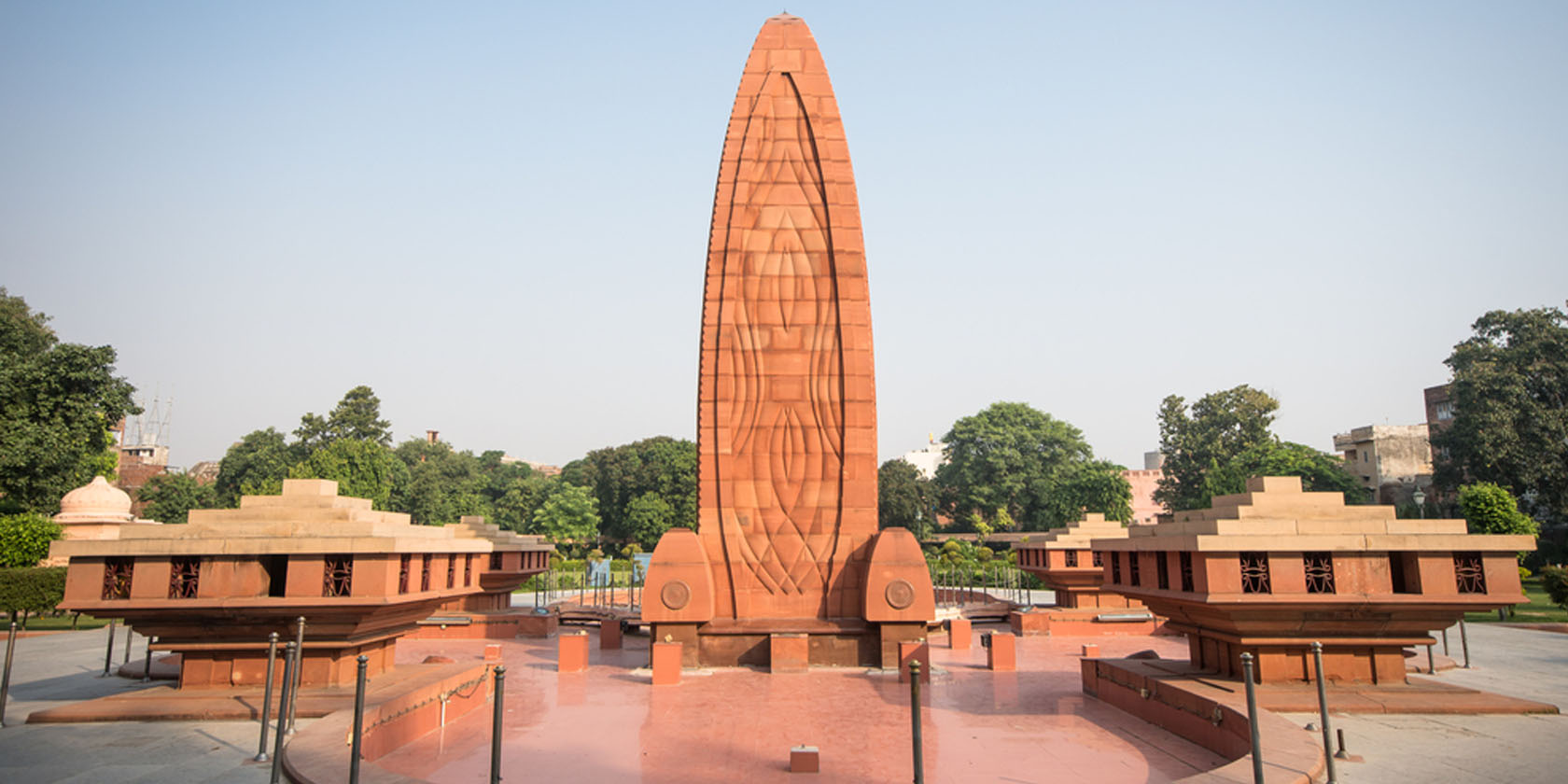Amristar is the holy city in the state of Punjab. The name of the city derives from the name of the pool around the Golden Temple (also known as Harmandir Sahib) and means “holy pool of nectar” . It is the spiritual and cultural centre of the Sikh religion, and they are proud of the city and the beautiful and unique Gurdwara (place of worship). The Golden Temple was initiated by Guru Ramdaas Ji, the fourth Sikh Guru, and completed in 1601 by his successor Guru Arjan Dev Ji. It is now a major pilgrimage and tourism hub.
Before the city was founded, the area was covered with thick forests and had several lakes. To start the city the Guru invited 52 traders from different sectors belongings to nearby places like Patti and Kasur to settle here. These families started the first 32 shops in the city which still stand in the street called Batisi Hatta (32 shops). The Guru himself shifted to live among them in the city which came to be called Ramdaspur and has been eulogised in the Guru Granth Sahib.
The construction of Amrit Sarovar from which the city gets its present name was also stared by Sri Guru Ramdass. His successor, Sri Guru Arjan Dev, completed the project and located the Harmandir Sahib in its midst. Later, when Guru Arjan Dev completed the writing of Holy Granth sahib, a copy of Guru Granth Sahib was ceremonially installed in Harmandir Sahib. Baba Buddha Sahib was appointed the First Granthi.
After the last Guru Sri Guru Gobind Singh Baba Banda Bahadur a Sikh from Nanded came to the Punjab and inflicted several crushing defeats on the imperial Mughal forces. This led to the rise of Sikh power and the rise of several “jathas or bands” called Misls.
The Ramgaria Misl controlled the rest of Amritsar and was the most powerful misls. Jassa Singh Ramgarhia was the first to fortify the Amritsar, He surrounded the place with the Huge mud wall calling it Ram Navami or fort of God. It was attacked by the imperial Mughal forces but it was rebuilt by Jassa Singh who renamed the place as Ramgarh from which his misl took its name Ramgarhia. He was the ferocious military leader and even accepted red fort in New Delhi and made away with four guns and the endowment slab on which the Mughals were crowned and placed it within the Golden Temple Complex. During the Misal period Barracks, Bungas, Forts and Havelis were constructed as required around the Golden Temple for use of the Sikh Army.
Maharaja Ranjit Singh brought all the Misls under his control and took over full control of Amritsar by 1802 A.D. It was who fortified the Gobind Garh Fort on the modern lines. He also built the Ram bag Palace and the garden of Mughal Lines and covered the Harmandir Sahib in Gold and made it look as we see it today. Maharaja Ranjit Singh also built a huge wall with 12 gates around the city of Amritsar. Only one gate “The Ram Bagh Gate” stands till day.
The British took over Amritsar in 1840 A.D. The years under the British rule saw the demolition of the outer walls of the city and rebuilding of gates, the construction of Town Hall from where they administered the city of Amritsar. The British also renamed the Ram Bagh Garden as Company Bagh. Current building of the Railway Station, the post office and the Saragarhi Gurdwara Memorial were all erected during the British era.
The best example of Indo-British architecture however, is the Khalsa College, designed by the famous architect Ram Singh, a resident of Cheel Mandi, Amritsar. His works include the Darbar Hall of Queen Victoria at Osborne House, UK the Darbar Hall of Mysore and Kapurthala, Chiefs College at Lahore and several other outstanding examples of Indo-British Architecture. He was the pioneer in taking the exquisite Pinjara Wood work and wooden carvings of Amritsar and making them popular all over the world.
The Heritage Walk show cases some exquisite wood work and traditional architecture. The city is the cultural capital of Punjab today.
Top 10 Tourist attractions to see in Amritsar
- Golden temple
- Wagah Border
- Jallianwala Bagh
- Maharaja Ranjit Singh Museum
- Tarn Tarna
- Ram Tirath Ashram
- Akal Takht
- Gobindgarh Fort
- Hall Bazaar
- Mata Lal Devi Temple

